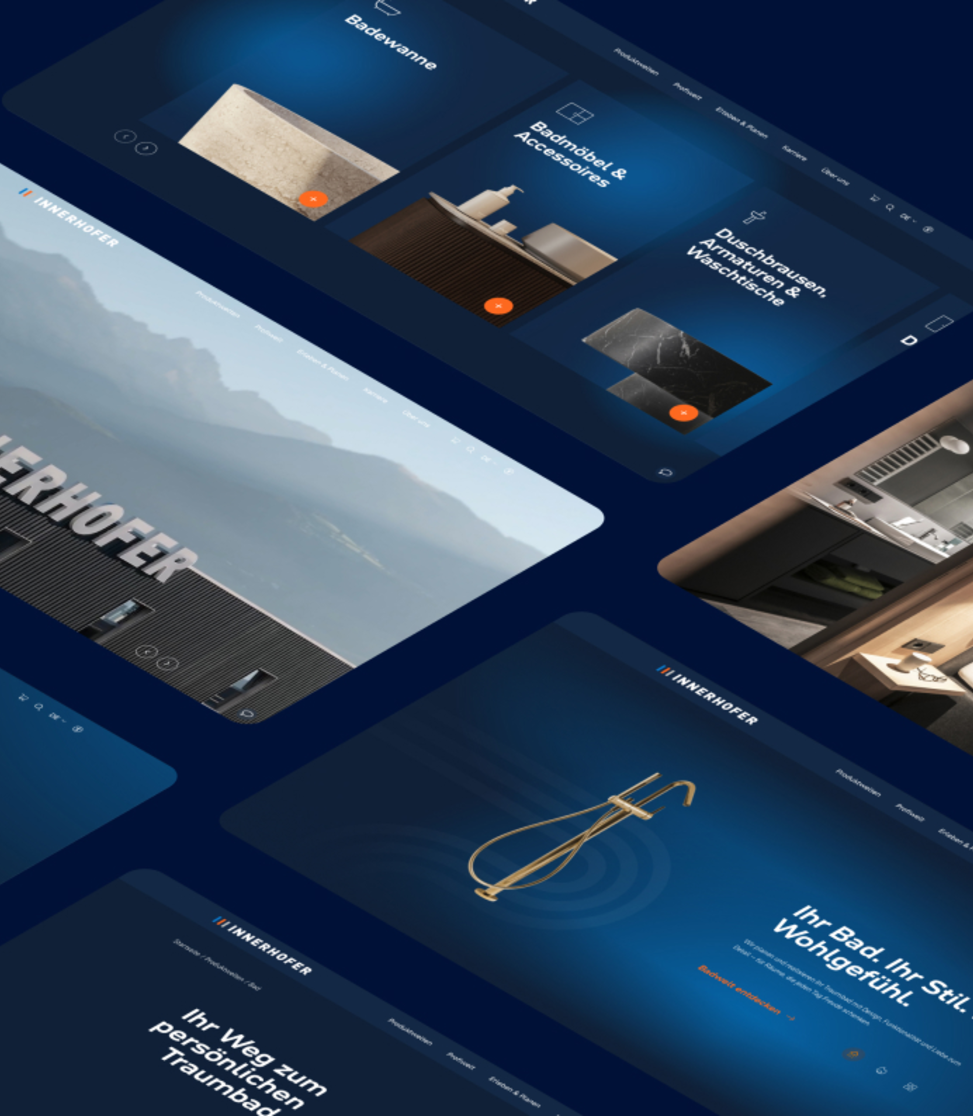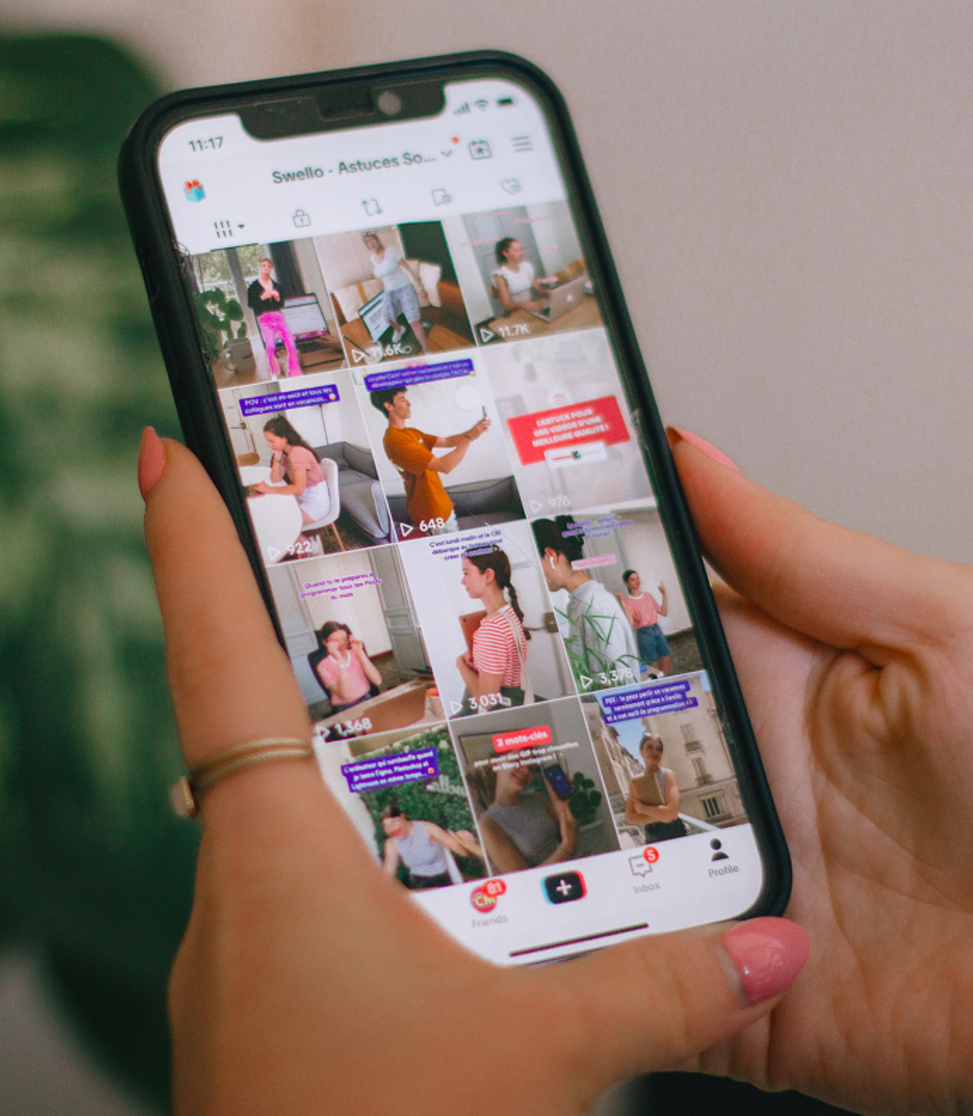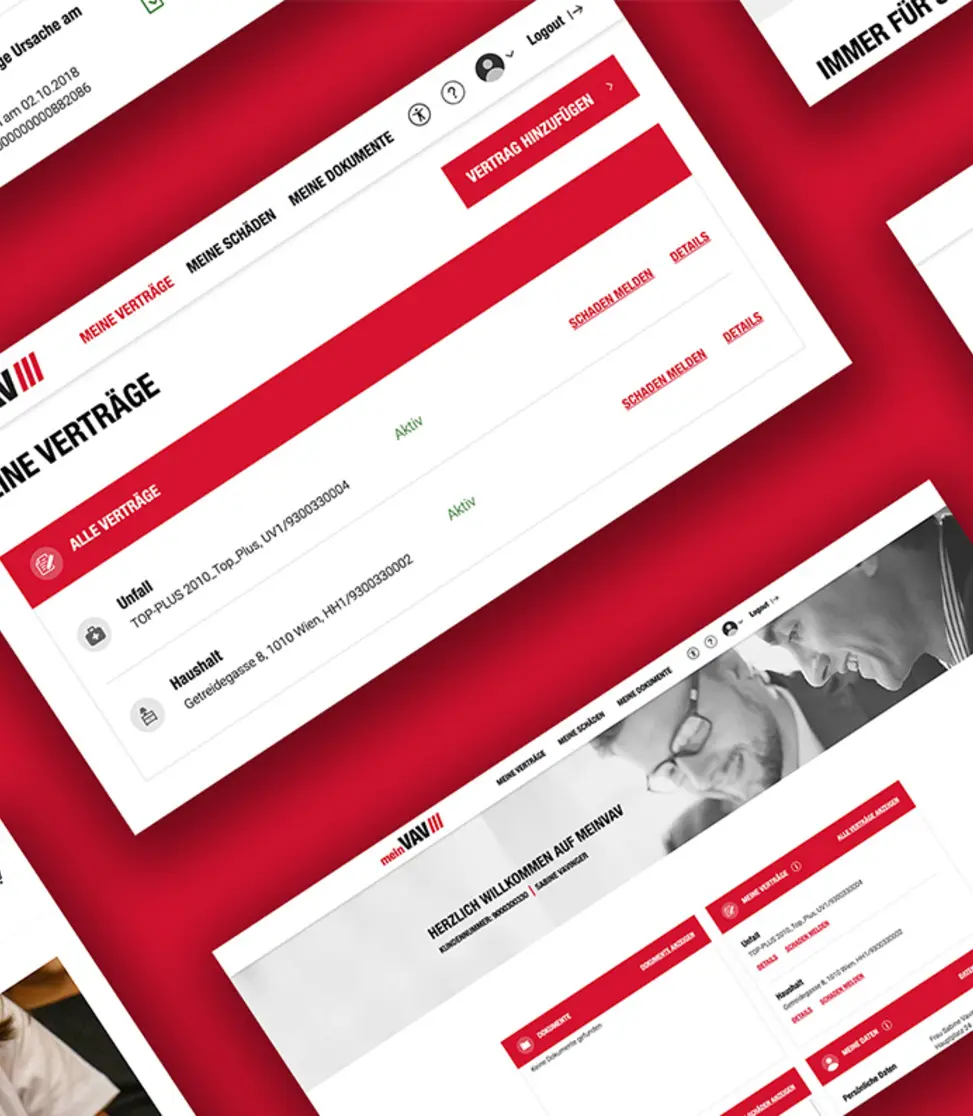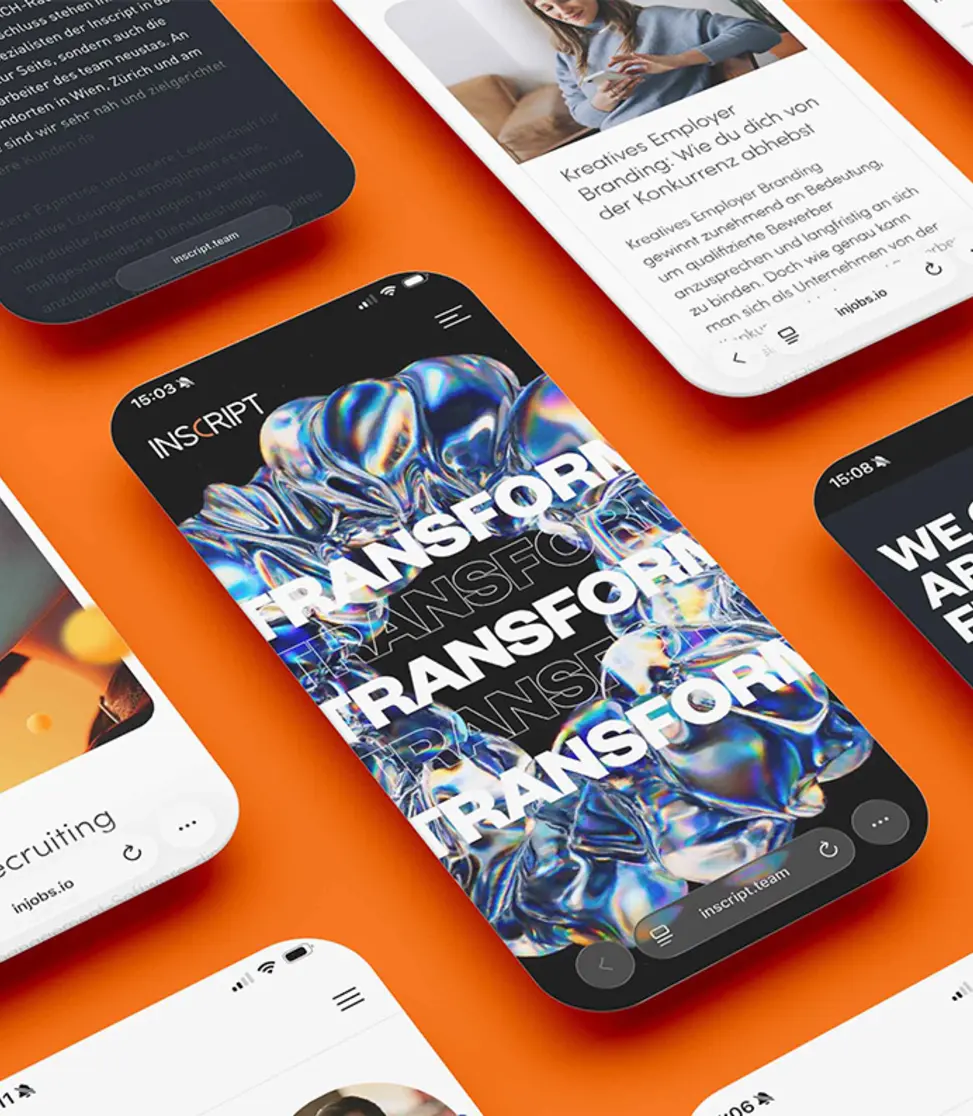


Programmatic Advertising
Programmatic advertising refers to the fully automated buying and selling of digital advertising space in real time. It is based on a data-based auction process (real-time bidding) in which adverts are displayed on websites, apps, connected TVs or other digital platforms exactly when the target group is online - in milliseconds. In contrast to traditional bookings via media agencies, playout is dynamic, user-centred and based on extensive data analyses.
Programmatic advertising in the DACH region
In German-speaking countries - i.e. Germany, Austria and Switzerland - programmatic advertising has established itself as an integral part of digital marketing. Large media companies such as Axel Springer, ORF and CH Media are increasingly making their advertising space available programmatically. Regional providers such as Austria WebAd or the Swiss Marketplace Group are also making their digital inventories accessible via programmatic platforms. A key advantage is the ability to target extremely precisely at a regional level - for example using IP or GPS data at postcode level. This is particularly important for brands with a regional focus, retailers and event organisers. Modern channels such as connected TV and digital audio are also gaining relevance in the DACH region: platforms such as Zattoo, Joyn and Spotify can be used programmatically and open up new creative advertising formats.
Another growth area is Digital Out of Home (DOOH): digital screens in highly frequented locations - such as train stations, shopping centres or bus stops - can be displayed in real time and in a targeted manner. DOOH unfolds its full potential particularly in urban centres such as Berlin, Vienna or Zurich. Programmatic advertising is therefore far more than just a trend - it is the key to scalable growth. Those who rely on data-based technologies and truly understand target groups can not only play out their campaigns more efficiently, but also make them measurably more successful. Close collaboration between data analysis, creation and media planning is crucial.
Frequently Asked Questions
FAQ
Traditional online advertising is often based on fixed bookings of advertising space via direct contacts with media companies or platforms - often with flat-rate prices and limited targeting options. Programmatic advertising, on the other hand, is fully automated and data-based: Adverts are displayed in real time via auction processes (real-time bidding) where exactly the right target group is currently located - be it on a website, in an app or on a smart TV. This form of advertising is more flexible, more efficient and allows a much more precise approach.
Programmatic advertising uses both first-party data (e.g. from your own CRM or website tracking) and third-party data (from external data providers). This data helps to segment target groups according to characteristics such as age, interests, online behaviour or location.
Data protection is a top priority here: reputable providers pay strict attention to compliance with the GDPR (General Data Protection Regulation) and offer transparent consent and opt-out options. No personal data is sold, but anonymised user profiles are used.
Programmatic advertising is suitable for almost all company sizes and industries - from local retailers to international corporations.
- Smaller companies benefit from the ability to advertise in a highly targeted manner regionally and utilise their budget efficiently.
- Larger brands use programmatic campaigns to realise scalable reach, dynamic ad formats and cross-channel communication.
Programmatic advertising is particularly relevant for companies with a clear understanding of their target group and the desire to optimise their digital advertising based on data.
Programmatic advertising is possible across platforms and channels - making it particularly versatile:
- Websites and apps: classic display banners and native ads
- Connected TV (CTV): moving image advertising on streaming platforms such as Zattoo or Joyn
- Digital Out of Home (DOOH): Digital advertising screens at train stations, shopping centres, bus stops, etc.
- Audio platforms: advertising on services such as Spotify or Audio Now
All channels can be controlled centrally via so-called DSPs (Demand Side Platforms) - this saves time and resources and ensures consistent playout.
In German-speaking countries (Germany, Austria, Switzerland), programmatic advertising offers particular opportunities thanks to strong media partnerships and regional precision:
- Access to premium inventory from major media companies such as Axel Springer, ORF, CH Media or Blick
- Regional targeting options down to postcode level thanks to IP or GPS data
- Connection to local networks such as Austria WebAd or Swiss Marketplace Group
- Growing use of new formats such as Connected TV or DOOH - especially in urban areas.
These factors make programmatic advertising in the DACH region an effective tool for targeted, measurable campaigns with high relevance.











